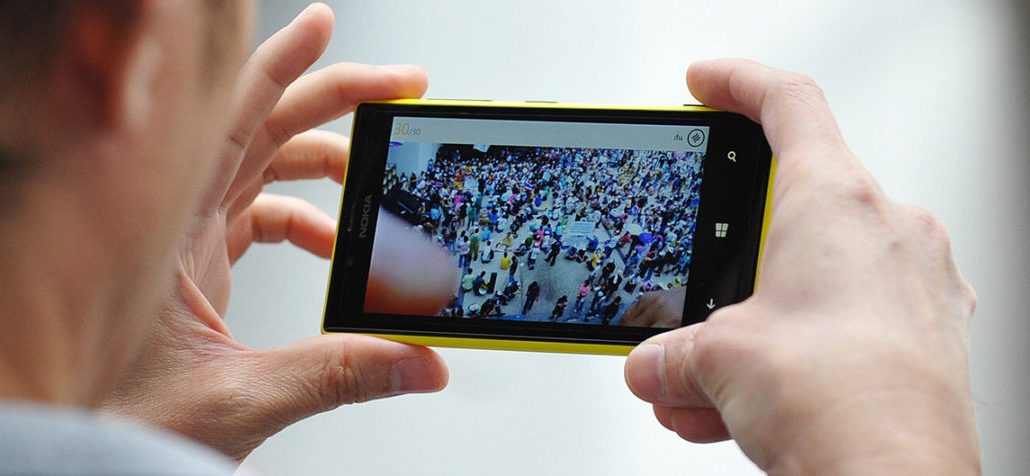
Growth in mobile video use has created a rift between publishers and brands: Publishers are creating more short-form videos ideal for mobile viewing, but marketers remain relatively uninterested in tailoring ads to run against them.
Publishers’ inability to sell inventory optimized for mobile video is emblematic of mobile advertising’s failure to adapt. Mobile’s biggest obstacle has always been that it’s viewed merely an extension of the desktop Web. Instead of creating ads made for mobile’s smaller screens and short bursts of content, the industry has simply tried to cram the bloated desktop ad experience onto our phones. The result has been uninspired creative, blurry banners and annoyed smartphone users. Mobile media either went unmonetized, or the advertising came at the expense of the experience.
For video, the result has been ads that are generally too long for a smartphone users looking to watch a quick video clip on their smartphones. But go to ESPN to watch a 14-second highlight reel play, and odds are you’ll sit through a 15-second or even 30-second spot. One of video tech provider Brightcove’s broadcast news customers, for instance, used to run two consecutive 45-second pre-roll ads before a two-minute video, Brightcove CTO Albert Lai said — hardly a good look regardless of screen size.
“It’s not about taking the broadcast model and bringing it to mobile,” Lai added. “It’s about: how do we come up with the right creative?”
This is a problem that isn’t going away. The average time spent watching video each day on smartphones doubled in 2013 from 2012, from four minutes to eight minutes, according to eMarketer. On tablets, it tripled (to 12 minutes from four). Brightcove’s customers — among them AMC, Condé Nast and The New York Times — see between 30-50 percent of its video views coming from mobile, Lai said. But they are still having trouble selling that inventory separately.
ESPN has moved to running 15-second pre-roll ads for State Farm on its redesigned SportsCenter app, for example, a considerable improvement over when mobile Web visitors had to watch a 30-second commercial before a quick touchdown highlight. But the sports network thinks it could do better. ESPN head of sales Ed Erhardt has said that six-, eight- and 10-second video ads are the future of digital video. That’s the approach Twitter is taking with its video ad product. Thanks to the growth of Vine and Instagram video, advertisers are getting better at creating shorter video ads.
When The New York Times launched “Times Minute” — its new minute-long, thrice-daily video series — it had to get launch partner Microsoft to create ads that were only eight seconds long. Still, convincing brands and agencies used to dealing in 30-second increments to shorten their ads to 15 seconds or less has proven difficult. The dearth of short-form creative still remains a challenge for publishers trying to sell video inventory, said Rebecca Howard, the Times’s general manager of video.
“The future of creative is smaller stuff,” Ian Schafer, CEO of Deep Focus, said. “But culturally, that’s not the way a lot of agencies work.”
Image via Shutterstock
More in Media

Why some publishers aren’t ready to monetize generative AI chatbots with ads yet
Monetization of generative AI chatbot experiences is slow going. Some publishing execs said they’re not ready to add advertising to these products until they scale or can build a subscription model first.

Media Briefing: Publishers who bet on events and franchises this year are reaping the rewards
Tentpole events and franchises are helping publishers lock in advertising revenue.

With Firefly Image 3, Adobe aims to integrate more AI tools for various apps
New tools let people make images in seconds, create image backgrounds, replacing parts of an image and use reference images to create with AI.





